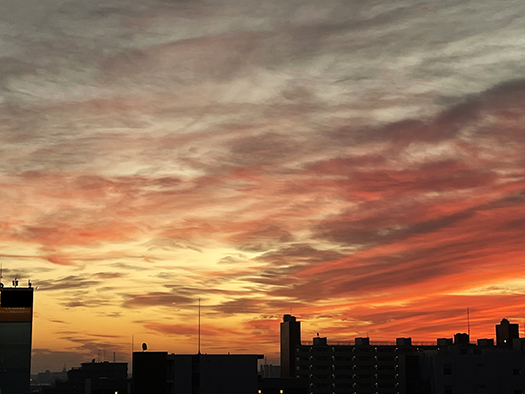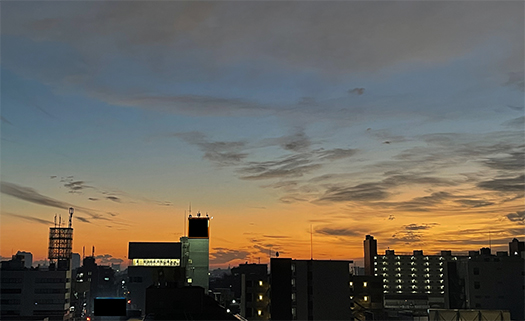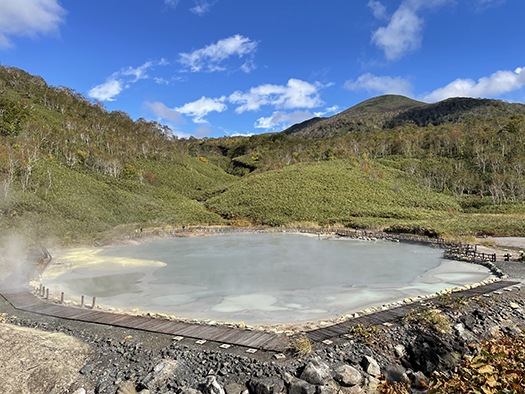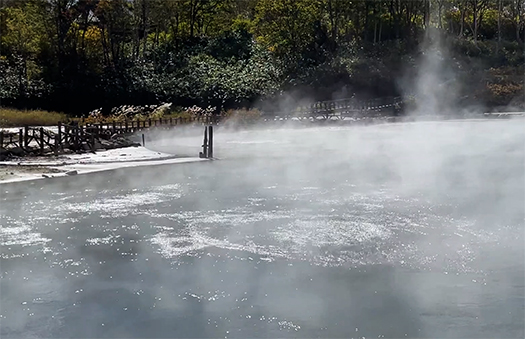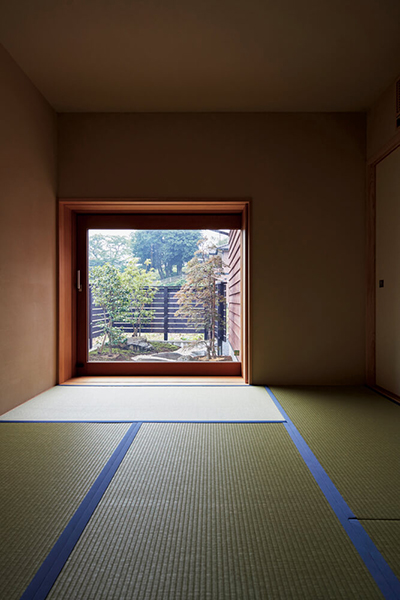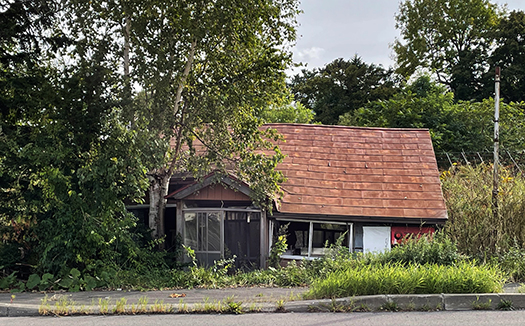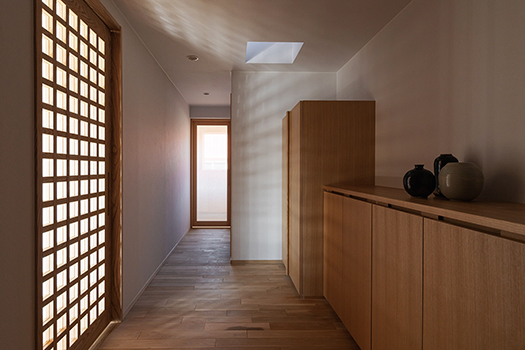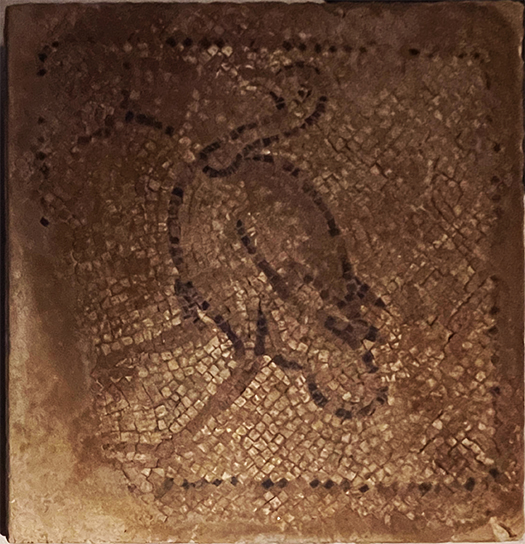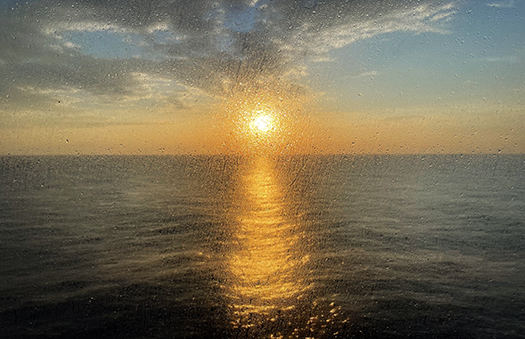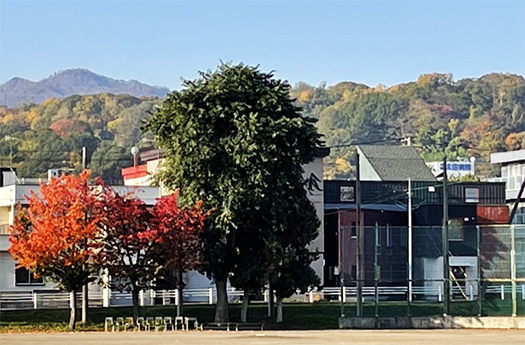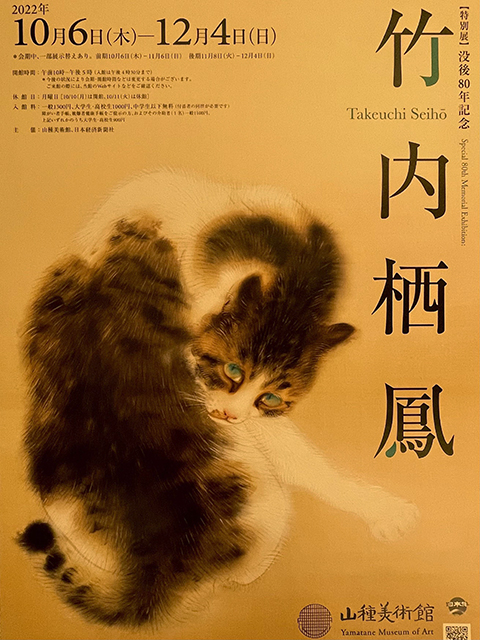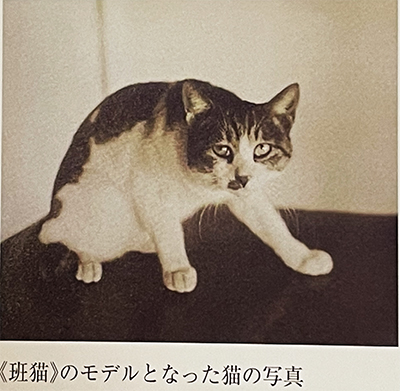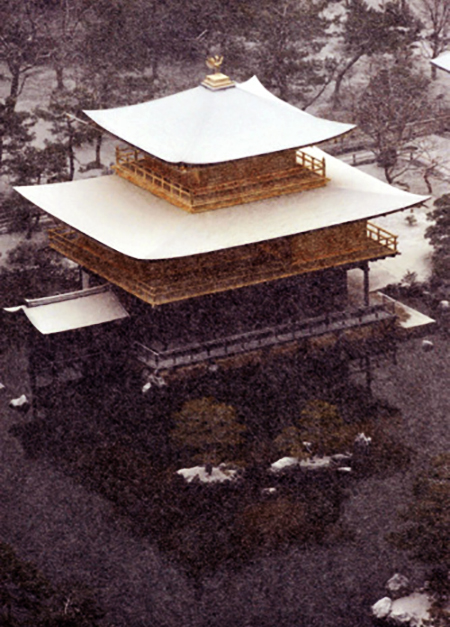

昨日から諸業務に一段落ついたので懸案のMacデータ復元作業に着手。
っていうか、例のSSD外付け製造会社からは悲観的な見通しが示されていて
いわば本スジでの復元はなかばは諦めざるを得ないことになっています。
電気的ショックがなんらかの要因で加わったものというのが原因推定ですが
メーカーとの間での原因特定して同意を得るのは困難だと思えるし、
また本来の自分自身の大切なデータ復元自体とその努力は一致しない。
ということで時間をみながら、古い問題を起こしたMacをTimeMachineを使って
問題発生した時点2022.9.15以前のバックアップ時点に戻して
その段階の環境から、救い出せそうなデータを探す作業であります。
まずは緊急避難的、応急対応的なデータ群を
問題が起こった時点でのMac本体上で再確認するということ。
復元段階でも主要なデータは外付けSSDに置かれていたので
ムダかなぁと思っていたのですが、完全にムダかどうか
時間があればチャレンジはしてみる価値があると思ったのです。
「一縷の望み」みたいなことですね(笑)。
この工程前段階の機種変更は済ませたので旧環境マシンをほぼ2ヶ月前に復元。
そうしたところ「デスクトップ」データが復元された。
そのなかで「cloud」にバックアップされていたデータ群と出会った(!)
恐る恐るそのフォルダ群にアクセスしたところ、
カラのフォルダも多いのですが、なかには実データがあるものもあったのです。
おお、であります。
そういったデータ群をとりあえず現在環境の方に移行させて保存。
ここから先はひとつひとつのデータをチェックして
個別にそれが有用なオリジナルであるか、現在環境と照合していく作業。
「パーソナル」コンピュータ上のデータなので、こういう照合作業も
ユーザー自身が全部をしっかり確認するしかない。
根気のいる作業ですが、ジミジミと頑張りたいと思っております。
しかし絶望は愚か者の結論と呪文を唱えながら(笑)
たまに発見できるリアルデータに一喜一憂を繰り返しております。
回り道した上でもう一回、分岐点に戻って破壊された残骸のなかから
生き残っている有用価値を再発見するような作業。
作業効率という現代世界の最大公理にはどうも相反する作業ですが、
時間を見つけながら取り組んでいこうと考えております。
三途の川の川原で石を積み上げる作業にも似ているのかなぁ(笑)。
<写真は本文とは関係ありません>
English version⬇
Steady to the long-lasting Mac data recovery work…
External SSD suddenly ascended. Pessimistic news from the manufacturer. Searching for the missing data by all means. Piles of stones on the banks of the Sanzu River…
Since yesterday, I’ve been working on my Mac data recovery project.
I mean, the SSD external manufacturer gave me a pessimistic outlook.
So, I have to give up on the restoration in the main process, so to speak.
The cause of the problem is presumed to be some kind of electrical shock.
It would be difficult to identify and agree on the cause with the manufacturer, and it would also be difficult to restore the data that is important to me.
Also, it is not consistent with the original data recovery itself, which is very important to me.
So, I’m going to try to restore the old problematic Mac using TimeMachine, while watching the time.
Back to the backup point in time before 2022.9.15 when the problem occurred.
I am trying to find data that can be salvaged from the environment at that stage.
First, we need to find the data that can be saved as an emergency evacuation or emergency response.
The first step is to reconfirm the emergency evacuation and emergency response data on the Mac at the time the problem occurred.
Since the main data was placed on the external SSD even at the restoration stage, I thought it would be useless.
I was wondering if it would be a waste of time, but I am not sure if it is a complete waste of time or not.
I thought it would be worth a try if I had time.
It’s like “a ray of hope” (laughs).
Since I had already changed the model in the preliminary stage of this process, I restored the old machine to the way it was almost two months ago.
I did so, and the “desktop” data was restored.
In the process, I came across a group of data that had been backed up in the “cloud” (!).
When I accessed the folders with trepidation, I found that they were all empty.
There were many empty folders, but some of them had actual data.
Oh, yes!
I migrated them to the current environment and saved them.
From this point on, we check each piece of data individually to see if it is useful and original.
From this point on, we check each piece of data individually to see if it is a useful original and check it against the current environment.
Since the data is on a “personal” computer, this kind of verification work is not done by the user.
The only way to do this is for the user to check all the data thoroughly himself.
It is a patient process, but we are willing to do our best.
But despair is a fool’s conclusion and spells the conclusion of a fool (laughs).
I am repeatedly pleased and saddened by the real data that can be discovered from time to time.
After taking a detour, I return once more to the junction point and rediscover the useful value that survives among the destroyed wreckage.
I am happy and sad again.
It is a task that is at odds with the greatest axiom of the modern world, which is work efficiency.
But I am planning to work on it as I find the time.
I wonder if it is similar to the work of piling up stones on the banks of the Sanzu River (laughs).
Posted on 11月 9th, 2022 by 三木 奎吾
Filed under: Mac.PC&DTP | No Comments »


